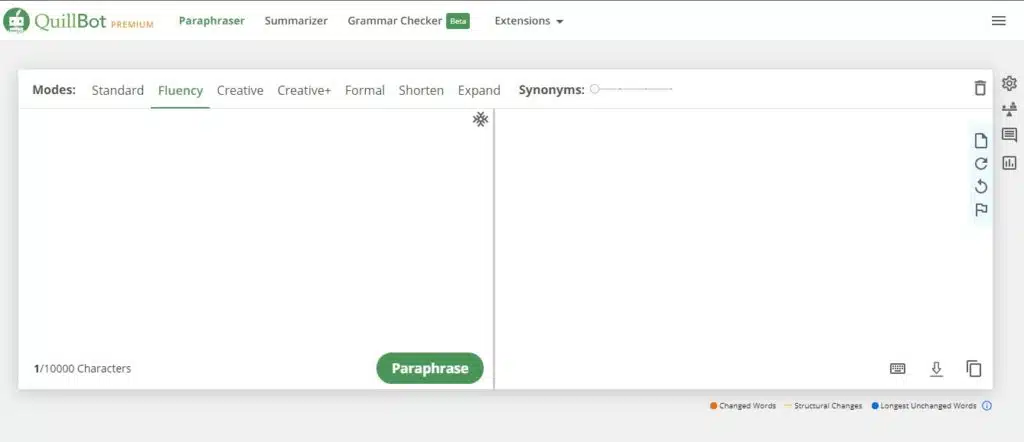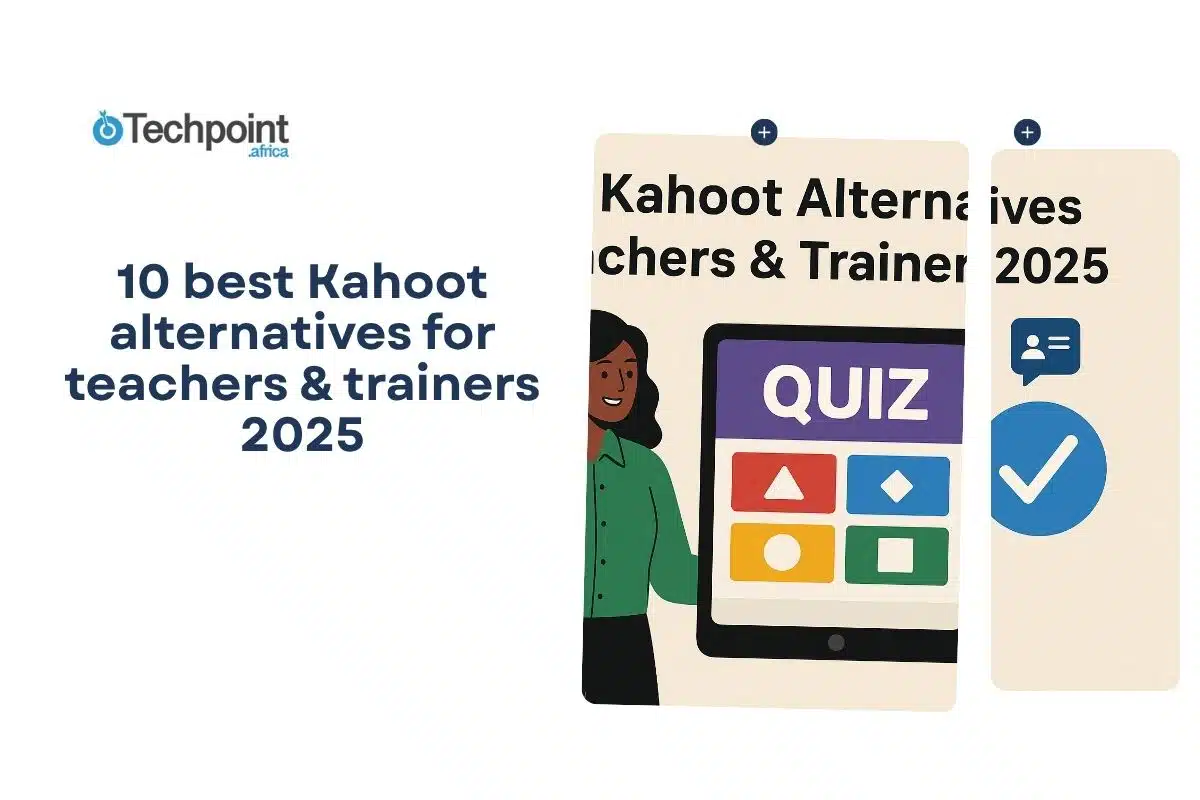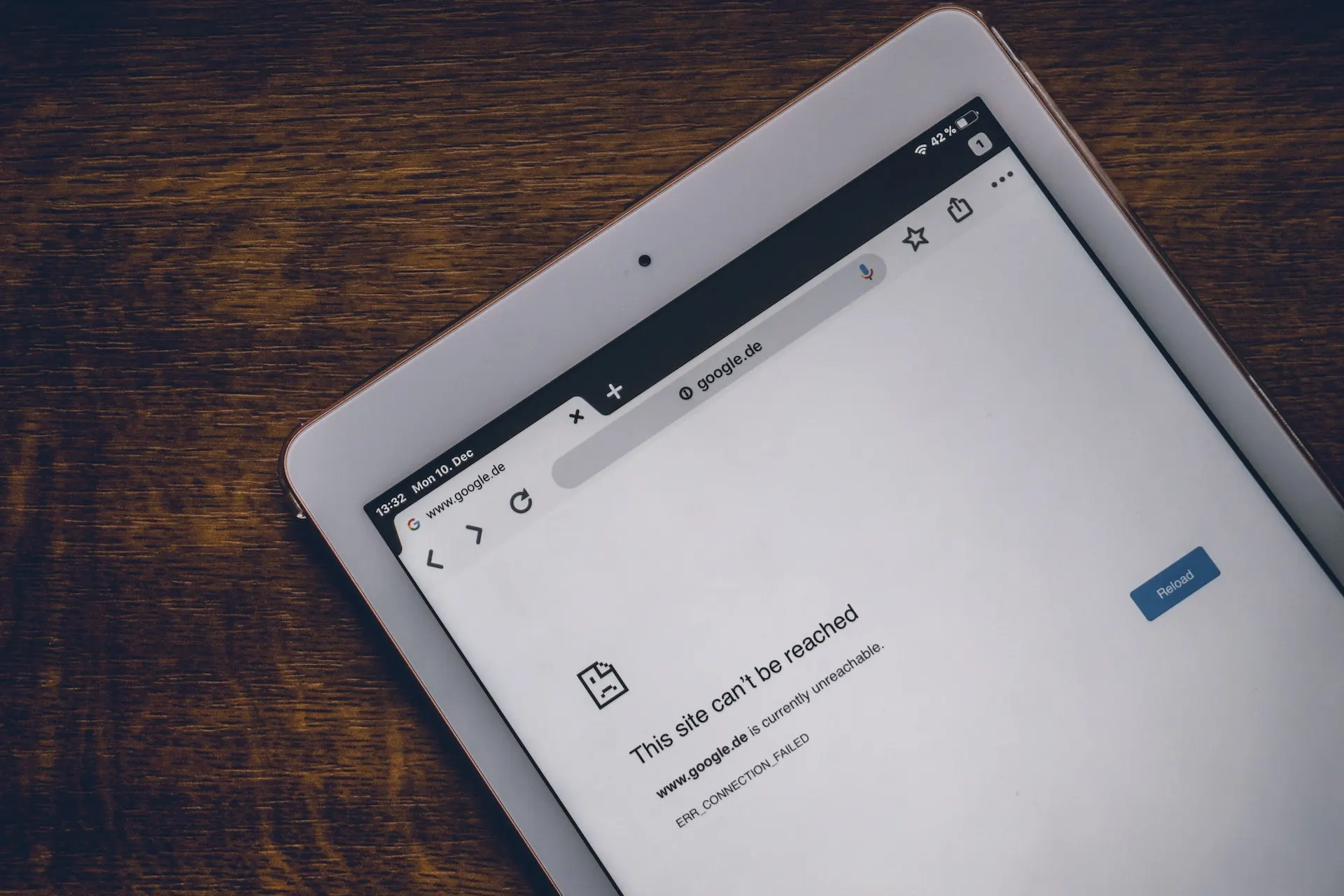In 2018, Yusuff was withdrawn from the university in his third year. He was quite intelligent, but his reading difficulties affected his education.
“I kept failing my courses because reading to understand was difficult. People said I was smart back in school, but they never saw my reading difficulty. Therefore, when I failed, they were disappointed,” he recounts.
In January 2019, Chioma, a 26-year old accountant, attended a 4-day career development bootcamp for young people, but she struggled throughout the programme, with reading one of her major challenges.
On the third day of the bootcamp, all 18 participants were to summarise a 7-page PDF document. Everyone but Chioma found it easy.
“Reading was tough. I felt embarrassed because I couldn’t read past the first page. I simply was looking around trying to understand how easy it was for my colleagues to read and understand.
“I remember walking up to one of the participants, an acquaintance, and asking her to summarise everything she had read. However, she shut me out, telling me to read. I tell you, I was very mortified and felt bad for having dyslexia,” Chioma says.
Dyslexia seems to be a common learning disability in Africa. The Africa Dyslexia Organisation (ADO) — an organisation dedicated to increasing awareness, providing support, and advocating for dyslexics in Africa — estimates that “15% to 20% of any population may be dyslexics.”
The ADO also states that most Africans are unaware of their conditions, and with most adults and children suffering in silence, people misunderstand dyslexia. Occasionally mistaken for a vision condition, people consider it to be writing backwards or reversing letters.
Per the International Dyslexia Association, dyslexia is a “language problem that refers to a cluster of symptoms that result in people having difficulties with specific language skills, particularly reading.”
Moreover, it is a learning disability that affects not only children and adolescents — adults in many settings, including the workplace, who have dyslexia and may have trouble processing information.
Often overwhelmed with written or spoken information, people with dyslexia require more time to process what’s before them. This makes it difficult for them to follow lengthy conversations or understand lengthy information.
They are also unlikely to be able to communicate information in writing or speaking correctly. Although they know what to say, they sometimes don’t know how to, which can be confusing.
Michael*, a graduate of the University of Lagos, had only been working for three months when he resigned because he experienced difficulties replicating information, retrieving files, and organising his work.
“Taking down instructions was difficult because I forget things said in less than three seconds. Just imagine trying to hear and write down the first sentence, and just when you try writing the first two words, you just can’t remember the next two or three words that make up the sentence. It was really frustrating,” he says.
According to studies, dyslexia has no known cause or cure. However, dyslexics can still receive the assistance they need to overcome barriers and conquer their obstacles using assistive technology (AT).
Assistive tech tools to help dyslexics function better at school or the workplace

According to the Yale Center for Dyslexia & Creativity, AT empowers dyslexics by helping them do their work quicker and overcoming their challenges, for instance, with reading and writing. As a result, they can demonstrate their strengths in new ways.
Numerous assistive technologies exist to aid dyslexics with reading, writing, and organising their work or events. We have identified four tools that can help dyslexics succeed academically and professionally.
- Immersive Reader
The Immersive Reader is a free tool that improves reading comprehension, fluency, and writing. It also boosts the confidence of budding readers with dyslexia. It’s available in OneNote, Word, Office Lens for iOS, Microsoft Edge, and the web version of Outlook.

This tool assists in breaking words into syllables, highlighting verbs, nouns, adjectives, and subordinate sentences, and the conversion of text to speech.
It can also pick a font designed to help users read comfortably and change font size, spacing, and background colour.
- Grammarly
Launched in 2009, Grammarly is an app that helps people improve their spelling, grammar, punctuation, clarity, and engagement. It offers both free and premium options.
The app is recommended for dyslexic students and employees since it enables them to write better.
Available on the Google Play Store and the App Store, Grammarly can also be added as an extension for Google Docs, Microsoft Word, and Google Chrome.
- Quillbot
Quillbot is a valuable tool that enables dyslexics to function more effectively at work or school. It assists in rewriting sentences to improve reading and writing clarity.

Additionally, it aids in the summarisation of content for clarity. It also offers free and premium options.
- Executive functioning tools
People with dyslexia often struggle with executive functioning, which requires planning a task, switching gears if necessary, and getting a team back on track. So they need organisational tools to help them achieve success.
Evernote is a multipurpose application that makes it possible to manage to-do lists, make voice recordings, and scan business cards, receipts, documents, and handwritten notes.
If you have a lot of to-do lists, Microsoft To Do is a helpful tool. It can be used to manage several lists, set reminders, and keep track of critical notes, documents, or voice recordings associated with specific activities. The app is compatible with iPhones, iPads, Android devices, and laptops.
While the Google Calendar app reminds you of events that prepare you to make the most of every day, ActiveInbox integrates seamlessly with your email, converting emails that demand action or follow-up into tasks.
ActiveInbox includes a “send later” mode that enables you to schedule emails to be delivered at a specific time.
Mind mapping software is a brainstorming tool that enables you to generate visual representations of your ideas to organise and comprehend information better. It is specifically created to assist dyslexics in efficiently planning their work tasks. Mindly and Coggle are examples of such software.
Using evaluation and instructional help, more tech tools like word processing, voice recorder, spell check, word prediction, and speech recognition can assist in learning, reading, writing, and editing.
Why dyslexics should use AT
While dyslexia impairs an individual’s ability to learn easily or rapidly regardless of the educational approach used, AT has helped to minimise dyslexics’ reliance on others to read, write, and organise their work.
Dyslexia is caused by a deficiency in the brain’s ability to convert visual or auditory input into comprehensible language. The brain struggles to connect letters to their associated sounds and mix those sounds into words, slowing down and complicating reading.
Dyslexia can also affect daily abilities and activities such as social interaction, memory, and stress management. Moreso, it affects grammar, reading comprehension and fluency, sentence structure, spelling, listening, writing, and motor control. Thus, adopting AT at school or the workplace is essential.
Additionally, dyslexics may struggle with spoken language, even after being exposed to positive language models at home and receiving appropriate language training in school.
They may have difficulty expressing themselves clearly or fully comprehending what others say. While such language difficulties are difficult to identify, they can cause significant difficulties in education, the workplace, and interpersonal relationships.
Sometimes, the signs of dyslexia may not appear until later in life, when more advanced cognitive skills prove to be difficult for people with dyslexia.
Furthermore, several of the indications are emotion and behaviour-based. Dyslexics may be reluctant to read aloud or to themselves, and while reading, they may become worried or frustrated. This happens even if they have learned the fundamentals of reading. Hence, the use of AT tools to help them perform better.
While AT can be beneficial for dyslexics, Charles MacArthur, a Professor of Special Education at the University of Delaware, said that technology has minimal effect on learning.
Therefore, dyslexics can do considerably better at work or school if they have support from their parents, coworkers, teachers, classmates, or friends while they use AT.
* – not real name











